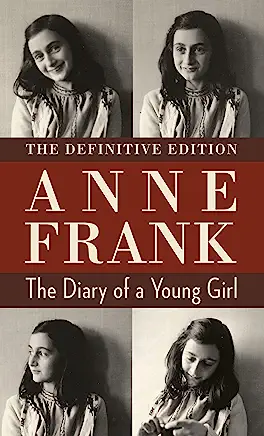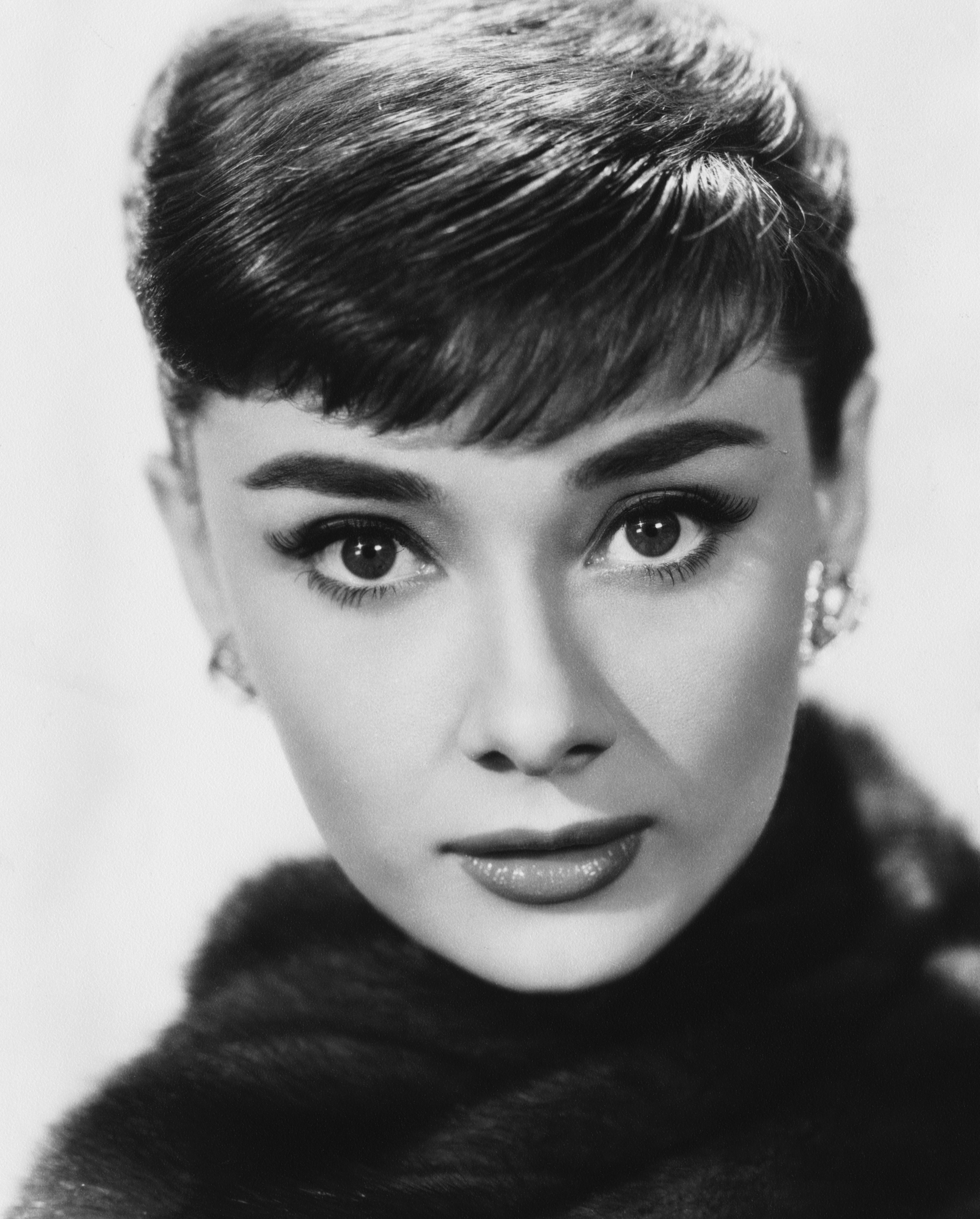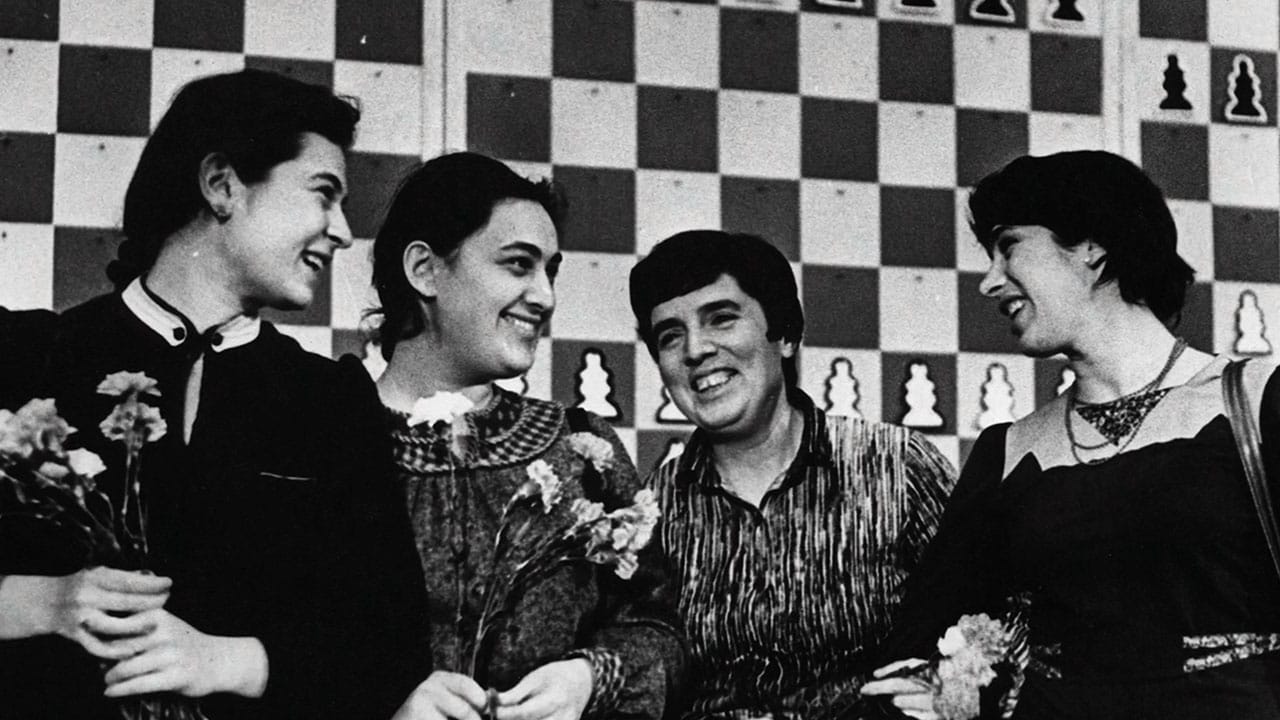Keywords: Erwin Blumenfeld, Fashion Photography, World War Two, Art Form Influence, High-Paid Photographer. Three words: Influential, Artistic, Historical
"The Man Who Shot Beautiful Women" is a captivating documentary directed by Nick Watson, released in 2013. The film tells the story of Erwin Blumenfeld, a talented photographer who, despite surviving two world wars, managed to rise to the top of his field, becoming one of the world's most highly-paid fashion photographers. His work significantly influenced the development of photography as an art form.
Synopsis
The documentary delves into Blumenfeld's life and work, exploring his rise from a struggling artist in Berlin to a successful photographer in New York. It charts his journey of survival through two world wars and his evolution as an innovative artist who revolutionized fashion photography.
More Film Analysis
Analysis
The film takes a detailed look at Blumenfeld's photographic style, his unique techniques, and his groundbreaking use of color, which set him apart in the world of black and white fashion photography. The documentary also delves into the personal and historical events that shaped his life and work.
Historical and Factual Context
Blumenfeld's life and career spanned a significant period in history, including the two world wars and the golden age of fashion photography. Understanding this context can help viewers appreciate the significance of his contributions to the art form.
Key themes in the film
- The power of photography as an art form
- The impact of personal and historical events on an artist's work
- The evolution of fashion photography
Film Comparisons
Blumenfeld's story contrasts with that of other contemporary photographers such as Richard Avedon and Irving Penn, who were more traditionally trained and did not experience the same level of personal hardship.
Noteworthy Moments
One significant moment in the film is when Blumenfeld's groundbreaking use of color in fashion photography is revealed, demonstrating his innovative artistic vision.
Reviews
This documentary has been well-received by audiences and critics alike for its engaging storytelling and in-depth exploration of a pivotal figure in fashion photography. As one critic said, "The Man Who Shot Beautiful Women does an excellent job of capturing the essence of Blumenfeld's genius."
Conclusion
"The Man Who Shot Beautiful Women" is an insightful look at the life and work of Erwin Blumenfeld. It is a must-see for anyone interested in photography, art history, or the intersection of personal narrative and creative expression.
More film information:
FILM SUMMARY
- IMDB score: 6.5
- Rotten Tomatoes score: N/A
- Metacritic score: N/A
- Film festival awards: N/A
PERSONALITIES
- Erwin Blumenfeld: The film's subject, a highly influential fashion photographer.
LOCATIONS
- Berlin: Where Blumenfeld started his career as a photographer.
- New York: Where Blumenfeld achieved success in the world of fashion photography.
Key Questions Raised by the Film:
- How did Blumenfeld's personal experiences shape his work?
- In what ways did Blumenfeld revolutionize fashion photography?
- What is the relationship between art and commercial photography in Blumenfeld's work?
Links for Further Exploration:
I wonder what the film would be in another art form



- If this film was a famous book, it would be "The Diary of a Young Girl" by Anne Frank, both for its depiction of personal struggle amidst war and its exploration of creativity.
- If this film was a famous song, it would be "Life in Technicolor" by Coldplay, reflecting Blumenfeld's vibrant use of color in photography.
- If this film was a famous piece of art, it would be Pablo Picasso's "Guernica", representing the turmoil of war and the resilience of the human spirit.
- If this film was a famous celebrity, it would be Audrey Hepburn, embodying grace, beauty, and strength.
- If this film was a color, it would be red, symbolizing passion, love, and revolution.
- If this film was a music style, it would be Jazz, known for its improvisational nature and ability to break traditional boundaries.








